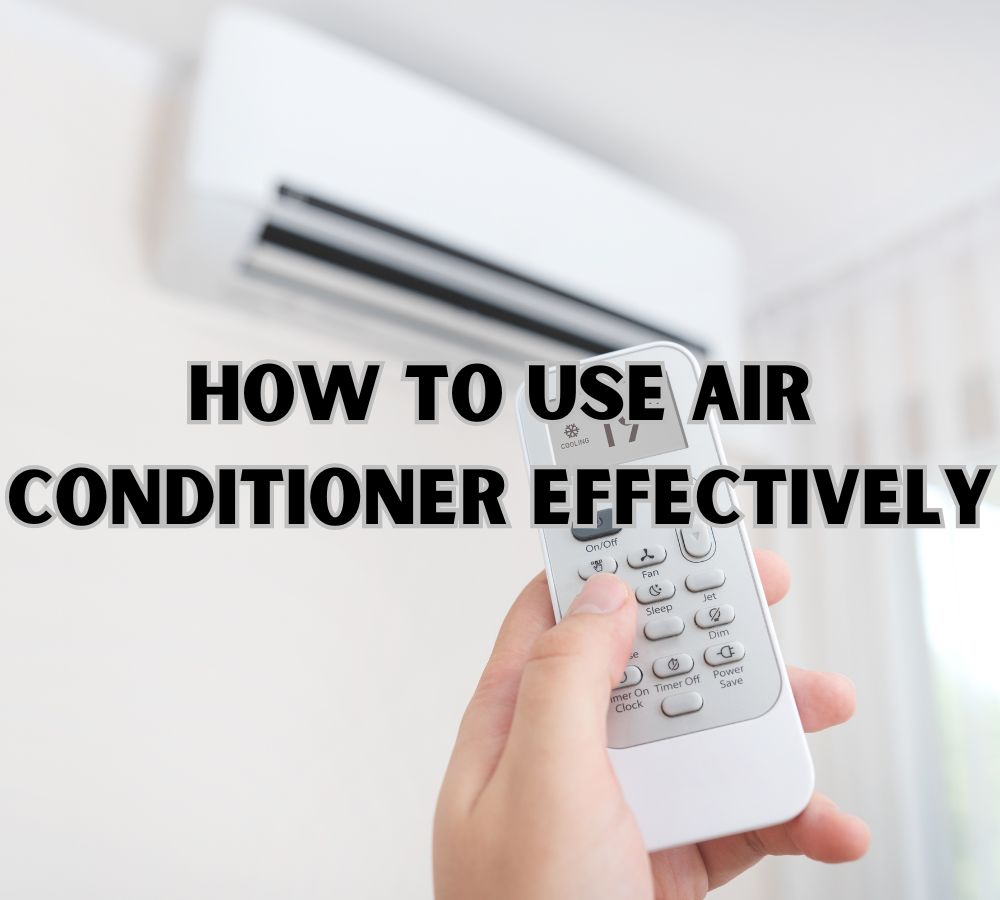Unveiling the Science Behind Plant Growth Regulators

For homeowners, a perfectly manicured lawn seems like an impossible dream. No matter how much care and work they put in, their grass never reaches that deep emerald green lushness seen on golf courses and sports fields. The secret behind those flawless turfgrasses lies in biology — specifically plant hormones called gibberellins. Understanding and harnessing gibberellins is the game-changer for achieving a lawn that is the envy of the neighborhood.
That’s where products like Primo Maxx plant growth regulator come in. Primo Maxx leverages scientific knowledge of gibberellins to sculpt grass into an ideal state: dense, green, and low maintenance. Primo Maxx regulates grass growth patterns for 2-4 weeks after treatment by temporarily suppressing gibberellins. Homeowners get dramatically better-looking lawns without excessive mowing, watering, or other inputs.
Table of Contents
The Science of Growth Regulation

Primo Maxx and other plant growth regulators exert effects by interacting with native hormone pathways directing expansion, maturity, and morphogenesis. By selectively influencing key compounds like gibberellins and cytokinins, PGRs pare back unnecessary vertical rise to instead promote compact, resilient specimens. For turfgrass, this phenomenon translates into denser lateral growth and minimized seed head production for persistently durable playing surfaces requiring less frequent mowing. The capacity to curb growth through endogenous systems showcases PGRs’ expanding utility.
Benefits of Using PGRs
The utility of PGRs transcends mere growth suppression; they enhance plant resilience against abiotic stressors such as drought, high temperatures, and nutrient scarcity. This resilience translates into greener, healthier plants that can thrive under challenging conditions, ensuring sustained beauty and functionality of green spaces. The improved efficiency in water and nutrient use also signifies a step towards more sustainable horticultural practices, aligning with global environmental sustainability goals.
Application in Horticulture
Horticulturists and turf managers leverage PGRs to maintain uniform, aesthetically pleasing landscapes. In golf courses, sports fields, and public gardens, PGRs facilitate consistent turf quality, reducing the frequency of interventions like mowing and aerating. The strategic application of these regulators, based on plant species and desired outcomes, ensures optimal growth control and landscape aesthetics.
Sustainability and Environmental Impact
Integrating PGRs into plant care regimes offers significant environmental benefits. By curbing plant rapid growth, these regulators reduce the frequency of clippings and associated green waste. This aspect is crucial for environmental conservation, as it minimizes the carbon footprint of landscape maintenance and supports biodiversity by maintaining balanced ecosystems.
Conclusion
Understanding the biology reveals how PGRs produce better-looking, lower-maintenance lawns. PGRs reshape the grass plant’s growth patterns by temporarily blocking gibberellin hormone effects. While vertical rise stalls, the grass instead spreads out, producing the dense, green, hardy lawn that homeowners desire. The science shows how harnessing plants’ natural hormones creates ideal turfgrass characteristics.
It’s important to note that PGRs are safe when applied per label instructions. The gibberellin inhibition is temporary and does not permanently alter the grass’s genetics or biology. The grass resumes normal growth habits once the PGR has degraded and the effects wear off. Responsible use of PGRs like Primo Maxx harnesses natural plant processes to improve lawn aesthetics and health during peak growing seasons.


